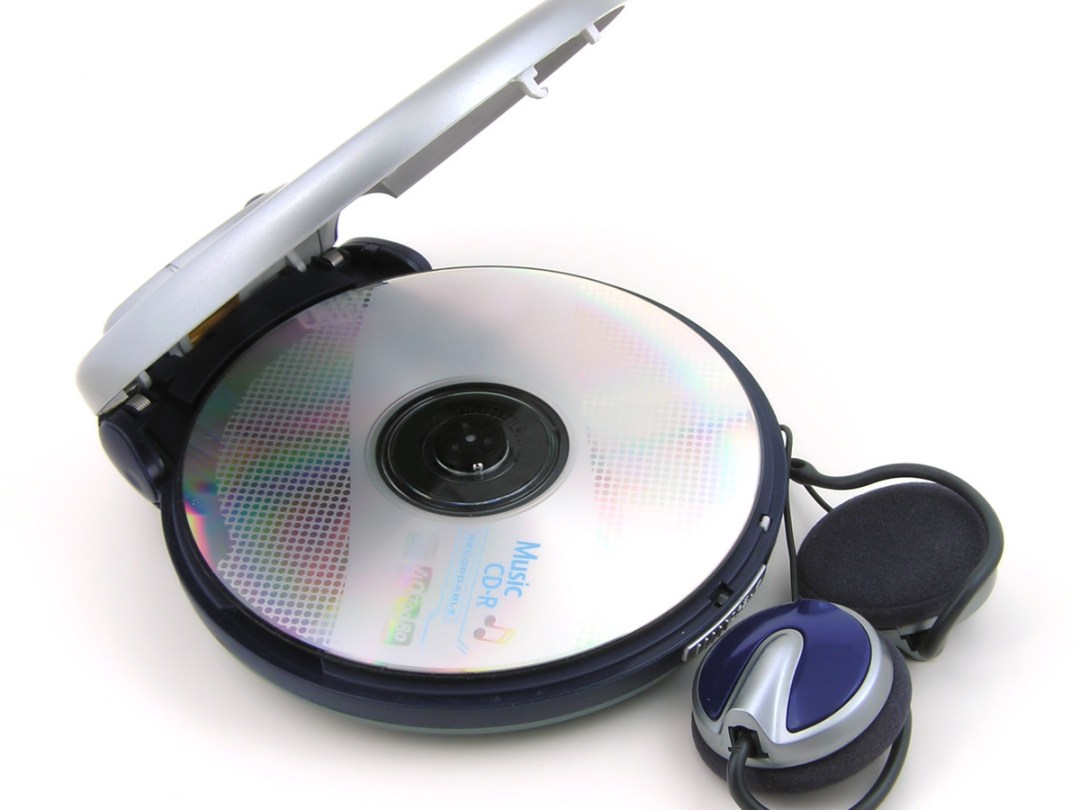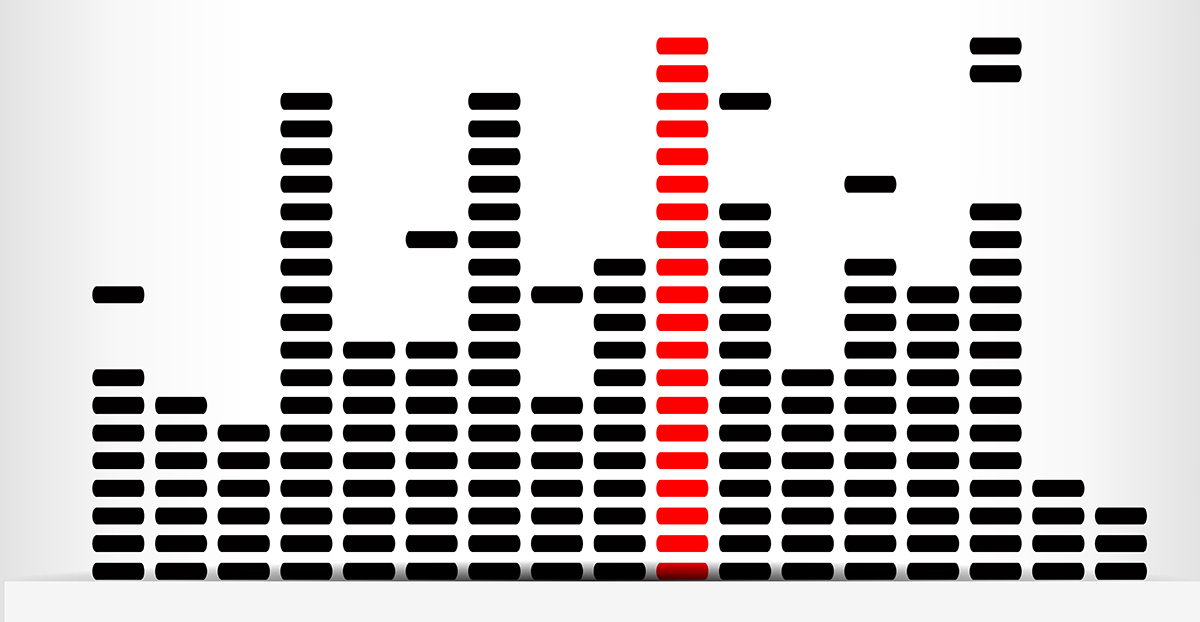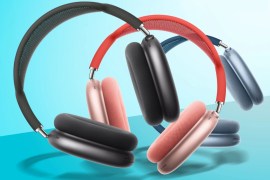Why the smart money’s still on CD
If you want music quality and convenience, discover via streaming services but get those lossless kicks via CD, says Simon Lucas

Everyone will tell you they’re ‘into’ music. And I’m not judging (God knows I have my shortcomings) but not everyone means it. Not all the time, anyway. There’s a big difference between ‘sticking some music on’ for a nice bit of ambience and devoting time to listening to music.
I like to do both. When I’m after some background music, or when I’m in company, I like to chuck on some internet radio or have a trawl through a generic online music streaming service. All right, Spotify. But when the opportunity presents itself, I like to get comfy and have a really single-minded listen. And that’s when I listen to LPs or CDs. Because while LPs and CDs have quite distinct sonic characteristics, they have one thing in common: they sound miles better than online radio or streaming services. Miles better.
READ MORE: How your old tech junk is now art
Playing the long game

I know LPs aren’t for everyone – they take up space, you have to get out of your chair every 15 minutes to turn them over and they get damaged almost every time you look at them, let alone play them. But CDs are a different matter.
They’re a bit passé, CDs, aren’t they? A technology that’s over 30 years old isn’t old enough to be rehabilitated in a retro/hipster vinyl-records way but it’s plenty old enough to be considered antique. And while they’re altogether less of a faff than LPs they have next-to none of the wireless convenience so seductive about online streaming or a music-loaded smartphone.
It’s mildly ironic, really, given the initial marketing drive around CD concerned its amazing handiness compared to LPs. These days CDs seem about as user-friendly as a mangle.
Getting lost

But a decent CD-based system sounds better than its streaming-based equivalent in the same way Billie Holiday sounds better than McBusted. Not, it’s not wireless or tiny, but that’s frankly beside the point. If you’re going to listen to music, get swept up and transported and moved and all the things the best (for which, read: your favourite) music can do to and for you, sound quality should be your primary consideration. And if it’s straightforward sound quality you’re after, CDs represent epically better value than Spotify.
Be assured I’ve nothing against Spotify, or Deezer, or any of the other top-division streaming services (I have a kind of love/hate relationship with Qobuz, but that’s less about its (excellent) sound quality and more about what a pig it is to use).
Finders keepers
Spotify, like internet radio, can serve as an introduction to all kinds of brilliant music – I’ve discovered wonky Hong Kong indie bands, rediscovered also-ran glam-rock chancers, happened upon punishing Swedish DJs and long-since dead Jamaican dancehall firebrands thanks to the miracle of online music. As a way of getting turned on to new music (or, at least, music that’s new to me), there’s never been anything like it.
Then I buy all the cool (to me), new (to me) music I’ve discovered. On CD. Often at about half the price it would cost on iTunes.
The argument in numbers

But forget the price for now. Just a quick examination of the other numbers is even more suggestive of CD’s relative merits. All digital music files, whether stored on a CD or an iPod or a computer hard-drive, will be encoded to run at a specific number of kilobytes per second (kbps). So any music you buy from iTunes, say, will be a 256kbps file (double the 128kbps Apple’s ubiquitous online store originally sold music at). If you’re using Spotify for free (and enduring all the terms and conditions), the streamed music file is at 192kbps; if you’re paying £9.99 a month, one of the upgrades is the swelling of the file size to 320kbps. Internet radio is all over the shop and I routinely tune in to stations operating at 32kbps. All these files are compressed. The music on a CD is uncompressed – and stored at 1441kbps.
A CD file is nearly five times bigger than the best you’ll get from the world’s favourite streaming service. Loads more information in each song. And information is power.
READ MORE: 3D printing is going to do a Napster to manufacturing
Or, in the case of CD, information is detail. It’s nuance. It’s depth and extension of low bass sounds, it’s the harmonic decay of the sound of a ride cymbal being stuck. It’s the ragged gasp for breath as the singer launches into the final chorus. It’s the subtlety of arrangements, it’s the out-and-out feel of a performance. CD simply offers more of everything that’s thrilling. When a full-scale symphony orchestra gets its dander up, Spotify hasn’t a chance of describing the scale and dynamism of that musical potency.
End the tyranny
Currently there’s a mild backlash against the overarching tyranny of convenience in recorded music. But right now, CDs strike the best balance. A huge range at very agreeable prices (in fact, the more successful a work of popular music on CD is, the cheaper it tends to be – go online and you can find Pet Sounds or Let’s Get It On or Meat Is Murder or Blue Lines or Parklife for less than a fiver) that sounds good on even a thrown-together system?
That’s got to be where the smart money’s at.
The writer…
Simon Lucas is editor of What Hi-Fi? Sound and Vision magazine



